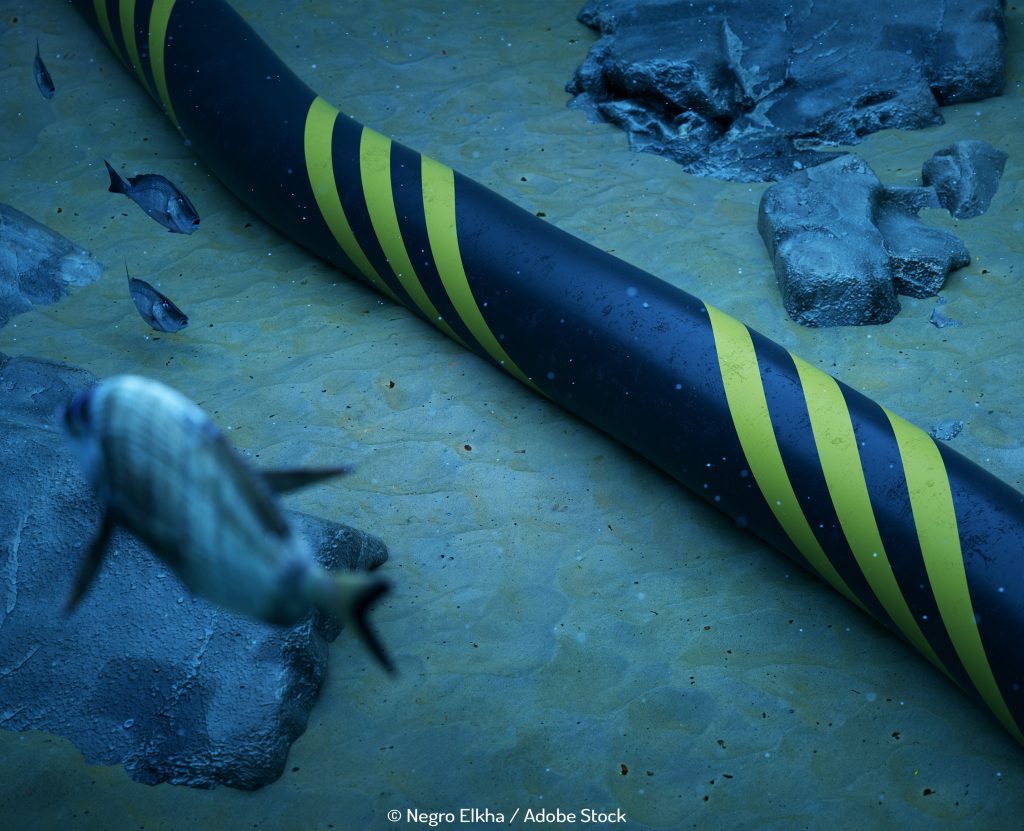Global spending in the oil and gas industry likely to fall in 2015/2016
But if not – industry needs to make some pretty tough choices.
Concerns were recently raised by the executive director of the International Energy Agency about the lack of strategic planning about the sector’s future. “We have never seen this in the last 30 years, two consecutive years of investment decline,” warned Dr Fatih Birol. “This will have implications for the oil markets if not tomorrow then the day after tomorrow.”
He was speaking to The Wall Street Journal after it emerged that global spending in the oil and gas industry was likely to fall in 2015/2016. Dr Birol said one long –term consequence could be a risk to sustainable supplies.
The perpetual tumult in the market over recent months has led to delayed projects and cuts to spending by a fifth this year alone. The fall is expected to continue in the next 12 months. Dr Birol says, “The decline in investment means the growth in production will be negatively affected in the next years to come”, a prophesying which is deeply worrying when you consider his belief that even if global oil demand doesn’t grow at all, the world would need to add more than four million barrels a day of new oil production each year, just to compensate for the natural production decline in existing fields.
Statoil ASA’s Chief Executive Eldar Sætre expects investment to fall by 20% this year and for global oil companies to keep cutting spending next year. They have delayed a number of projects because of the price fall and there is doubt in his mind this is the best course of action, “It takes time to replace capacity, we all know the lead time in our business. Prices may increase, and the longer the downturn lasts, the bigger is the risk of a more powerful and quicker price hike.”
If you’re looking for crumbs of comfort, there’s little out there. Wood Mackenzie consultant Tom Ellacott’s analysis is typical – “A new phase of cost cutting is under way. Spending levels in 2017 could be down around 30% versus guidance prior to the oil price crash.”
The reaction from the Saudi Oil Minister doesn’t give much hope either! Al-Naimi pointed to the IEA’s 4m barrel daily loss and used it to bolster his argument for keeping with the status quo; “The oil industry us required to add new production capacity of 5m bpd to compensate.” But he echoed the need for increased investments saying, “We must continue and even increase the pace of investments in the energy sector.”
Will al-Naimi have his cake and eat it? We’ll see on December 4th.


